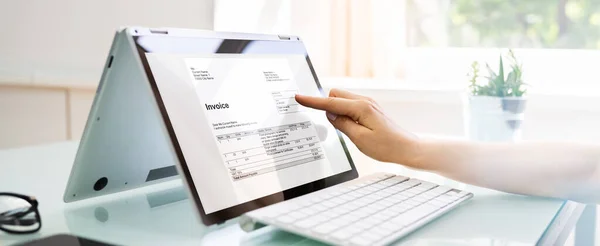How to Set up a Recurring Invoice with Microsoft Dynamics 365 Finance

A recurring invoice is characterized by the repeated dispatching of the same invoice for continual orders of identical products or services. Nothing changes – not the services, products, client data, or other details. Think of a scenario where a metal fabrication firm regularly supplies products to an automobile manufacturer weekly or monthly. In this case, it becomes essential to establish a recurring invoice system.
This mechanism is beneficial for manufacturers, wholesalers, or any suppliers, as it guarantees a consistent influx of revenue month after month. Let the capabilities of Dynamics 365 streamline the process of managing your recurring invoices. Keep on reading this blog to discover how Microsoft Dynamics 365 Finance enables you to set up recurring invoices.
Creating a Recurring Free Text Invoice Template
When you need to bill clients consistently for identical services, you’ll want to craft a reusable free text invoice template. This handy template will include:
- Header Details: These might include tax classifications, payment methods, and conditions.
- Line Information: Details such as the unit price, service summary, revenue accounts, and total invoice cost.
- Additional Costs: Such as shipping or handling fees.
- Financial Details: Accounting distributions, including particulars like cost centers and business segments.
In essence, you’re forging a complete invoice to be saved as a reusable blueprint. You can do this effortlessly on the Recurring invoices page.
Assigning a Free Text Invoice Template and Determining the Recurrence
Upon crafting the template, the next step is to affiliate it with the customers to be invoiced. Along with that, you’ll need to detail the frequency and timing of the invoice. This can be done under the Invoice tab on the Customers page, where you’ll:
- Set the commencement and optional conclusion dates for the billing cycle.
- Define how regularly the billing occurs (e.g., daily, monthly).
- Enter a maximum billing sum if needed.
Remember, a client might have several templates with varying billing cycles.
Generating and Managing Recurring Invoices
- Generation: This is done on the Recurring invoices page, selecting the date and template for invoice creation. Each processed group gets a unique recurrence ID.
- Posting: Post-recurrence invoices appear for posting on the Recurring invoices page, where they can be reviewed, deleted, or regenerated. You have the flexibility to post individually or in bulk.
- Printing: Once posted, these invoices can be printed from the free text invoice list page, either individually or in a selected range.
Next Steps:
If you are interested in learning how to set up a recurring invoice with Microsoft Dynamics 365 for Finance, contact us here to find out how we can help you grow your business. You can also email us at info@loganconsulting.com or call (312) 345-8817.

